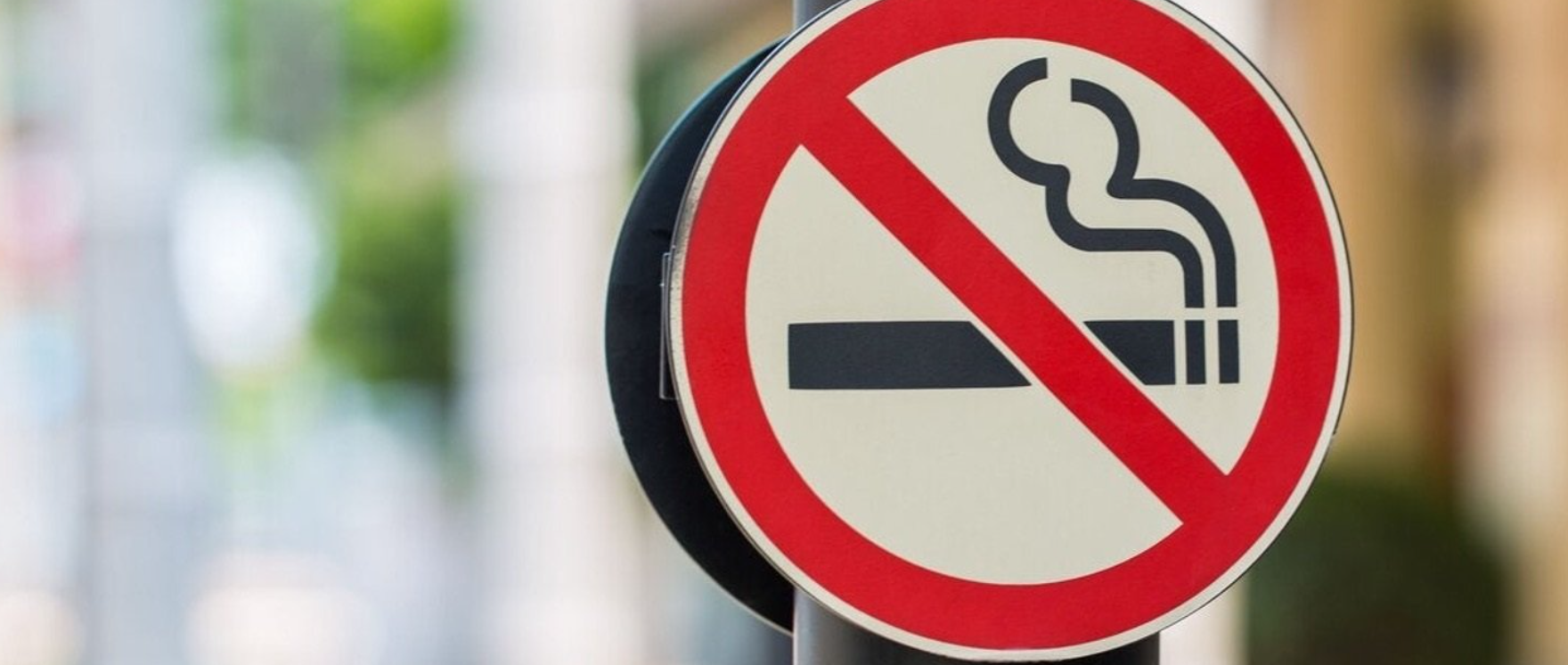
The World Health Organization is calling on countries in South-East Asia Region to intensify efforts to control tobacco and e-cigarette use, as despite steep decline over the years tobacco consumption in the Region continues to be the highest globally, and vaping is on the rise.
“The Region still has the highest number of people using tobacco which puts them at risk of life-threatening diseases such as cancer, respiratory and heart disease. Urgent measures are also needed to control e-cigarettes, which have not been proven to be effective for smoking cessation. We must do all we can to control tobacco and e-cigarette use to protect health and save lives,” said Ms Saima Wazed, Regional Director, WHO South-East Asia.
While tobacco use in the WHO South-East Asia Region decreased from 68.9% in 2000 to around 43.7% in 2022, an estimated 411 million people in the Region still consume tobacco, as per the latest trends released this year.
The Region has 280 million smokeless tobacco users, nearly 77% of the global smokeless tobacco users, and around 11 million adolescent tobacco users in the age group of 13-15 years, accounting for nearly 30% of the global total.
The use of e-cigarettes, particularly among young people, is increasing in many countries, with co-use of e-cigarettes and conventional cigarettes being common. Thailand, which has been tracking e-cigarette use, reported a steep rise in e-cigarette use among school-aged children of 13 to 15 years, from 3.3% in 2015 to 17.6% in 2022.
WHO is committed to support policies aimed at countering tobacco and e-cigarette industries’ interference for safeguarding health of the over 2 billion people in the Region, the Regional Director said.
While DPR Korea, India, Nepal, Sri Lanka, Thailand, and Timor-Leste have banned e-cigarettes, Maldives regulates e-cigarettes as tobacco products.
Over the years, countries in the Region have made significant progress in combating tobacco. Tobacco use among men declined from 68.9% in 2000 to 43.7% in 2022, and among women from 33.5% in 2000 to 9.4% in 2022, the steepest decline among all WHO Regions.
The Region, alongside the WHO African Region, is on track to achieve the NCD 2025 target of a 30% reduction in tobacco use by 2025.
India and Nepal are expected to achieve the NCD target of at least 30% reduction in tobacco use by 2025 while eight other countries are projected to record declines, though less than 30%.
While Bangladesh has announced “Tobacco Free Bangladesh by 2040, India has initiated ‘Tobacco Endgame’.
Countries in the Region are implementing demand reduction strategies as advocated by WHO MPOWER package and other initiatives for tobacco control. Given the high interference of tobacco industry, more assertive actions are needed to enforce tobacco control laws and policies.
电子雾化与HNB产品都是新型电子产品,结构虽小,却融合应用多种材料、表面处理、芯片电子等技术工艺,而且雾化技术一直在不断更迭,供应链在逐步完善,为了促进供应链企业间有一个良好的对接交流,艾邦搭建产业微信群交流平台,欢迎加入;Vape e-cigarettes (VAPE) and Heat-Not-Burn e-cigarettes (HNB) are both emerging electronic products. Despite their compact size, they integrate various materials, surface treatment technologies, chip electronics, and other advanced technical processes. Moreover, atomization technology is constantly evolving and the supply chain is being progressively perfected. To facilitate good communication and networking among supply chain enterprises, Aibang has established an industry WeChat group communication platform and warmly welcomes interested enterprises to join.

